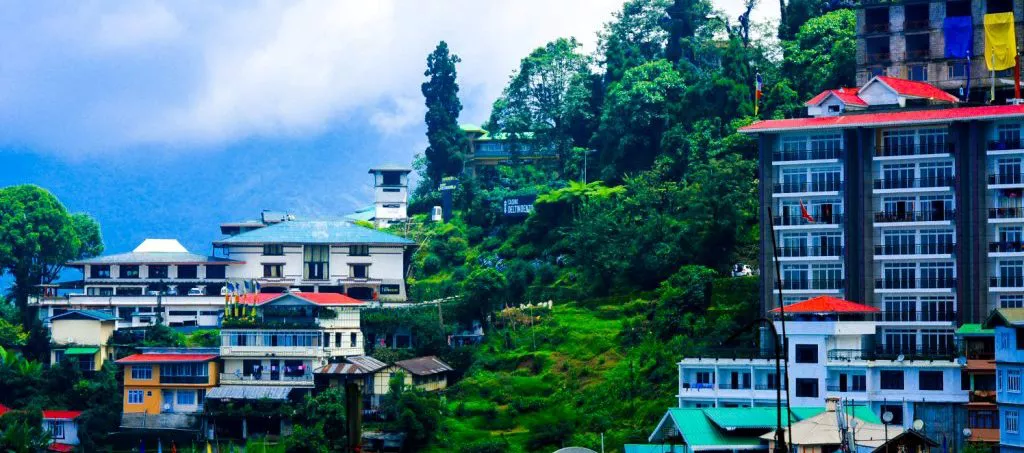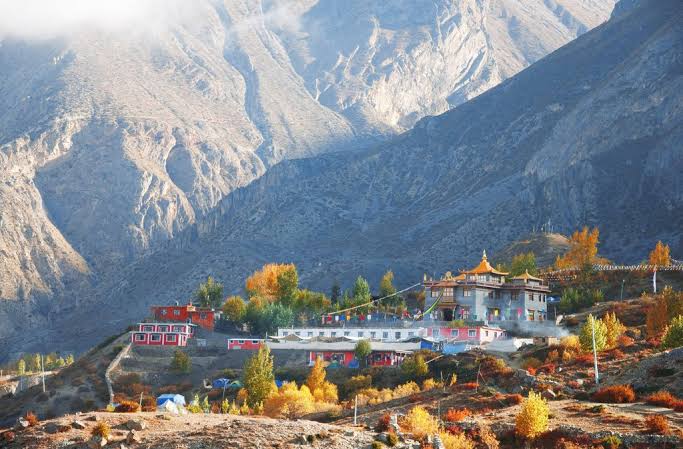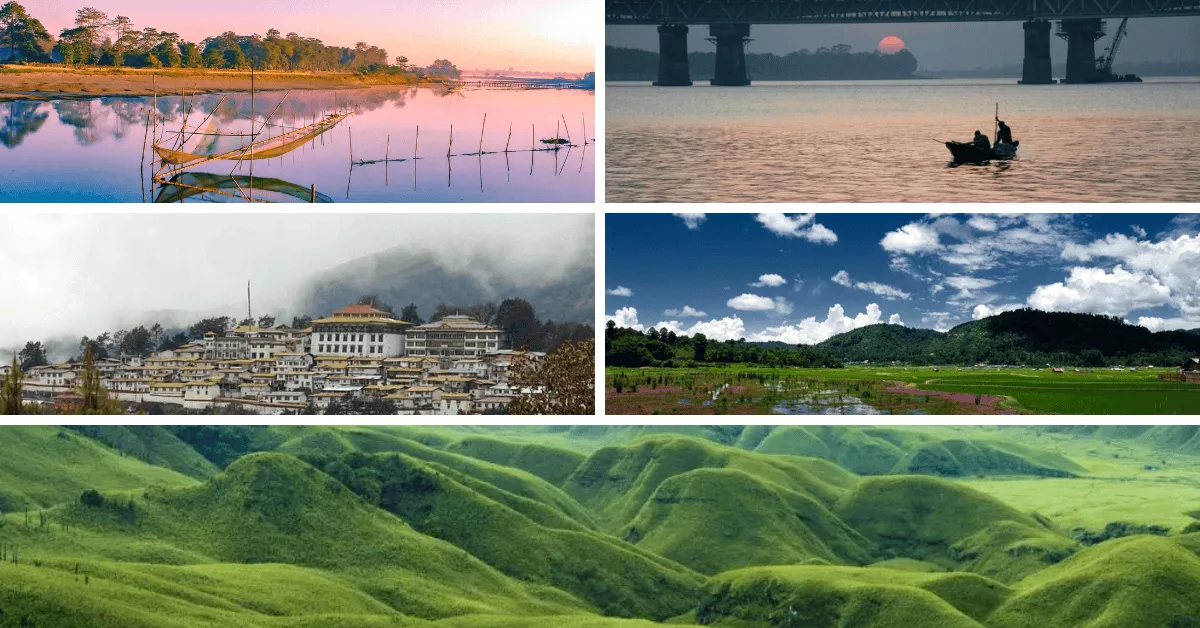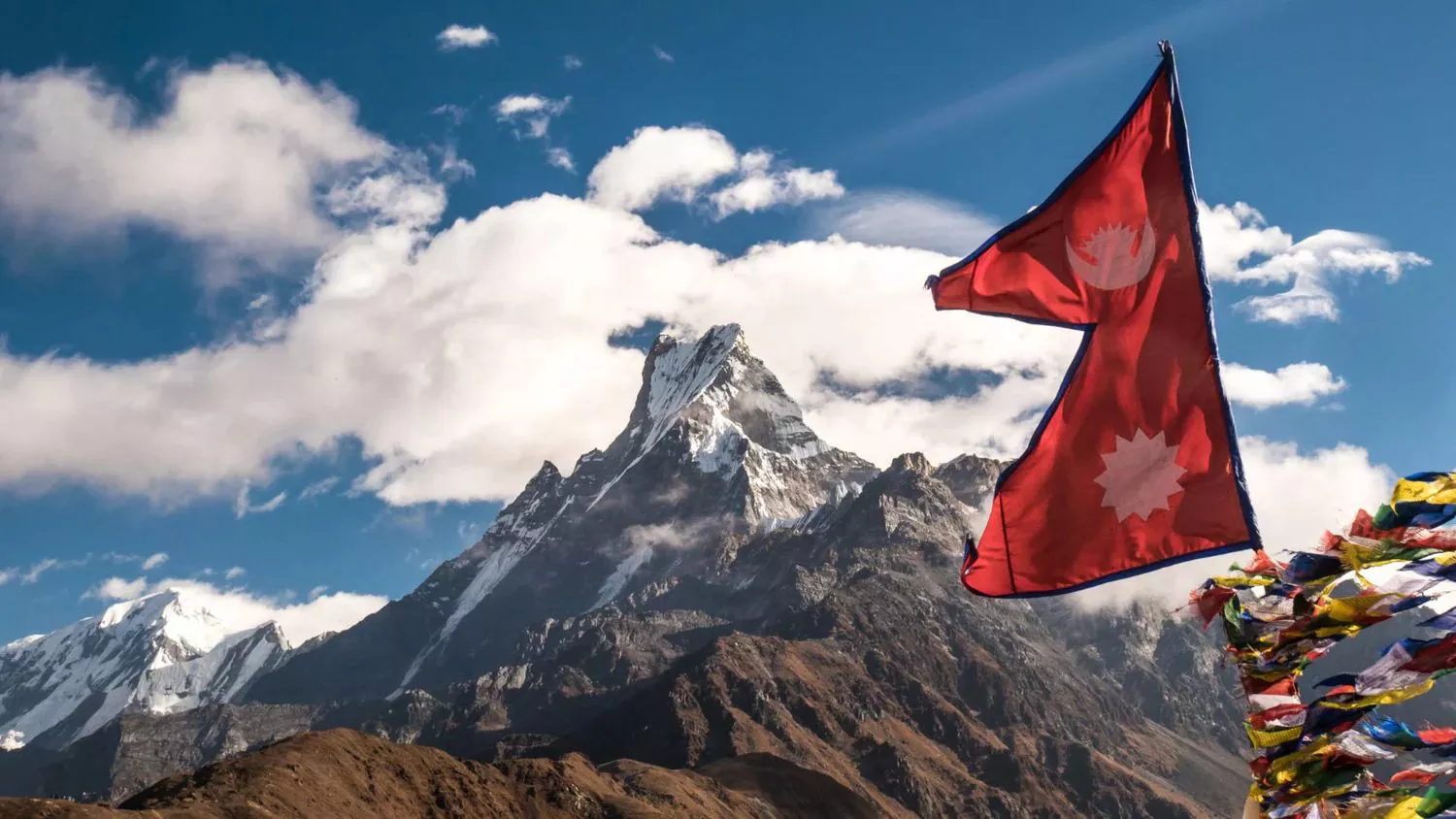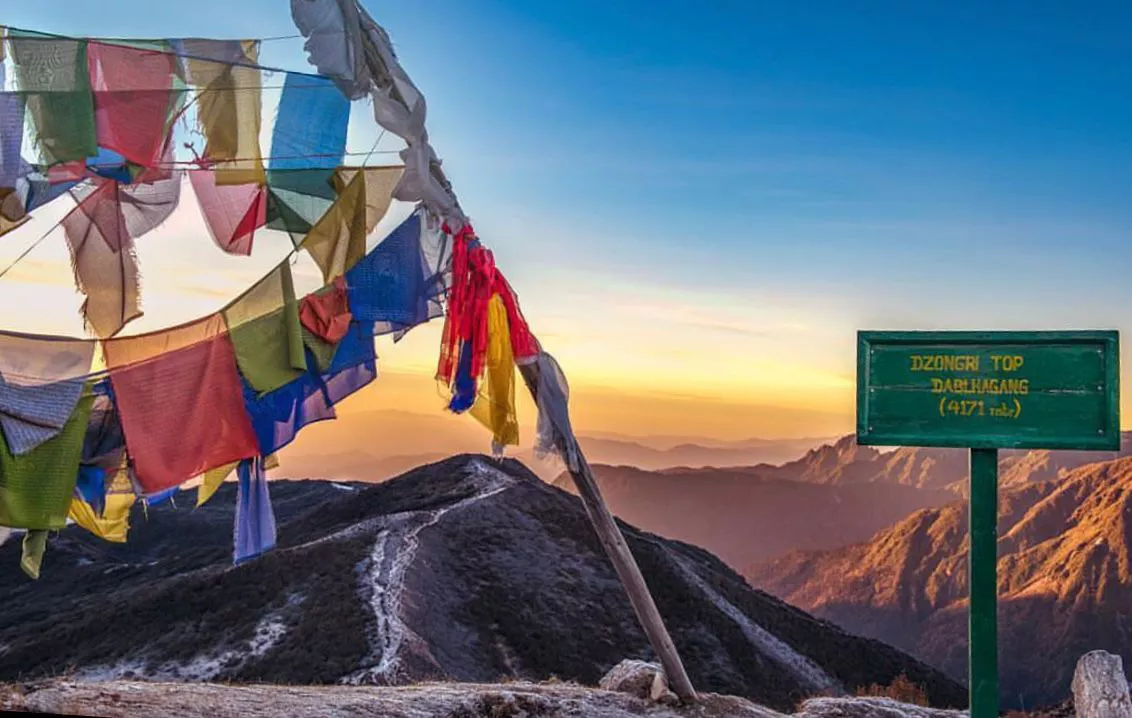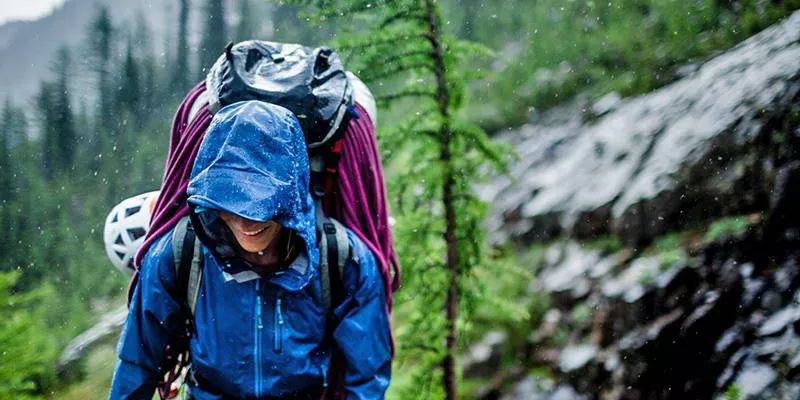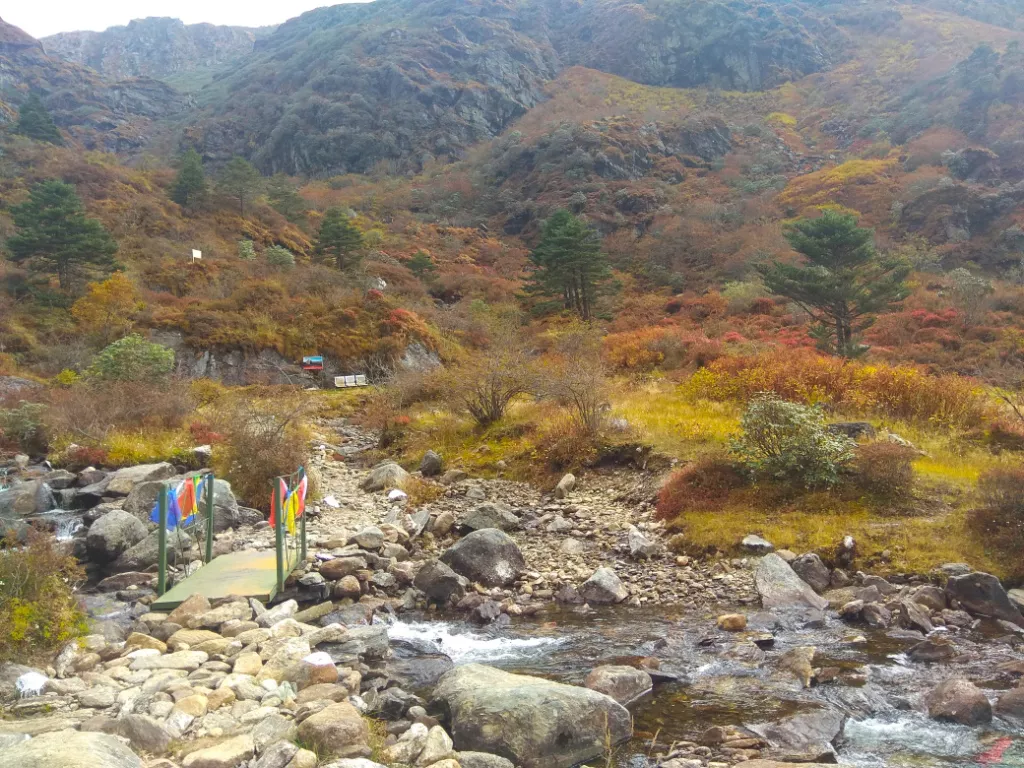
A visit to Sikkim is incomplete without heading to the 3 destinations of Tsomgo Lake, Baba Mandir, and Nathu La.
Falling on the same circuit in east Sikkim, each one surpasses the other in altitude, coldness, and beauty. First off is Tsomgo Lake (also known as Changu), which is 1.5 hours from the capital city of Gangtok. Most tourist cabs halt halfway up for 2 reasons: breakfast and also acclimatisation to the gain in altitude. The drive up takes you on a long winding road with safety message signposts of the BRO zipping past you every now and then. You also notice tiny hamlets hugging the hillside, shaggy dogs sitting by the roadside, maybe a herd of cows being escorted by their owner, and horses plodding along the road carrying heavy sacks filled with goods or fodder. You pass several army transit camps too, reminding you that China is close by.
Changing landscape
The landscape is of course the most riveting. The vegetation becomes sparse as you climb higher up and takes on different hues during different seasons. The best time to visit Tsomgo Lake is either autumn, in the month of October, or winter, between November and March. In autumn, the foliage is painted in warm tones of reds, oranges, browns, and deep purples. As for winters, the green changes to frosty white, and frost can be seen bordering the roadside and clinging to branches. Roofs are heavy with snow, with icicles dotting the trim of the tin roofs. You might also spot a yak perched on one of the boulders nearby.
Changing landscape during autumn (top) and winter (bottom)
Tsomgo Lake and Its Many Facets
The biggest difference in visiting Tsomgo Lake during autumn and winter is the lake. Before the chill sets in, the lake shimmers in blue, its waters gently rippling in the breeze. Strings of colourful Buddhist prayer flags provide a stark contrast against the placid lake, surrounding hills, and cloudy skies and lend a peaceful touch to the atmosphere. You can ride the ropeway for a view from the top but be ready to be disappointed if the weather is not clear (it’s highly likely it won’t be), for all you will see is a heavy mist shrouding the hills and the lake below.
During winters, the lake is completely frozen, and the snow-capped mountains add to the winter wonderland look. The view atop the ropeway and during the way up is breathtaking. The semi-hardened snow on the hills provides chances to goof around by having snowball fights, racing down the hill slopes, and plenty of boomerang pictures of snow-throwing.
There is also a new Baba Mandir erected near the lake, but nothing beats the old one further down the road.
Tsomgo Lake during autumn (left) and frozen in winter months (right)
Baba Mandir 13000 ft up
A half-hour drive takes you up to Baba Mandir. Heralding the location is a giant fluttering Indian flag and a beautifully painted gate. The small area houses Baba Mandir, a souvenir shop, an army hut, and a café. A nearby section is dedicated to displaying plaques of different army formations and represents their belief and devotion toward the revered shrine of Baba Harbajan Singh. Devotees can collect holy water from here, which is believed to cure illnesses.
Baba Mandir
A few feet away from Baba Mandir (12-min walk) is the Lord Shiva idol, the highest for any Shiva idol to be located. The Namnang Chho waterfall forms the backdrop to this 12-foot stunning statue made of fiberglass, and from the statue, you are rewarded with astonishing views of the surrounding area and hills. Signboards dot the way to the statue, giving information about different towns located in the Tibet autonomous region that fall on the Mansarovar Trek.
Lord Shiva idol (left); Namnang Chho waterfall (right)
Nathu La
Nathu La is a scenic mountain pass that connects Sikkim with China’s Tibet autonomous region. Temperatures fall dangerously low during winters to -25 degrees Celsius, and the average temperature during summers is 10 degrees Celsius. Hence, you need to carefully plan out your visit here, which can be during the months of October and November or April-June.

